Why we should not support the peat moss industry
hoorayfororganic
16 years ago
Related Stories
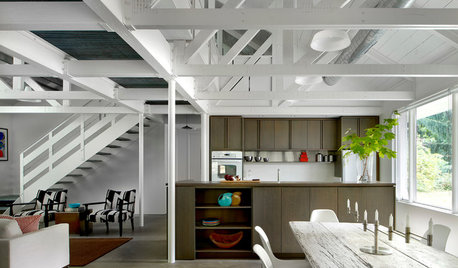
VACATION HOMESHouzz Tour: Moss-Covered Lakeside Cottage Now a Modern Marvel
A 1949 Michigan weekend cottage with a sunken roof gets a makeover that stays true to the house's humble roots
Full Story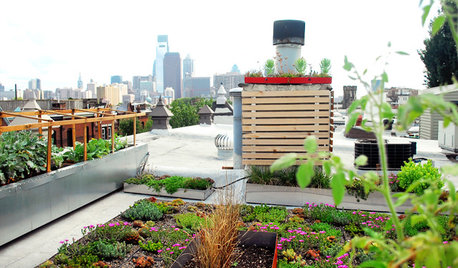
HOME INNOVATIONSNow Approaching the Emerald City
Urbanites are spraying moss graffiti on walls and covering roofs in plants — and city regulators and designers are supporting the cause
Full Story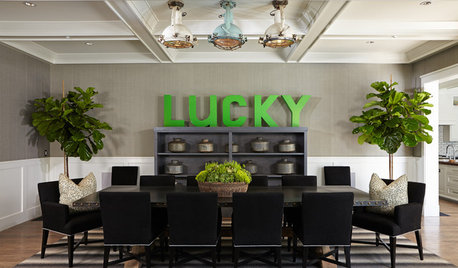
DINING ROOMSRoom of the Day: A Playful Approach to Dining in Malibu
Eclectic industrial and graphic touches add personality to this casual, family-friendly space
Full Story
FUN HOUZZ31 True Tales of Remodeling Gone Wild
Drugs, sex, excess — the home design industry is rife with stories that will blow your mind, or at least leave you scratching your head
Full Story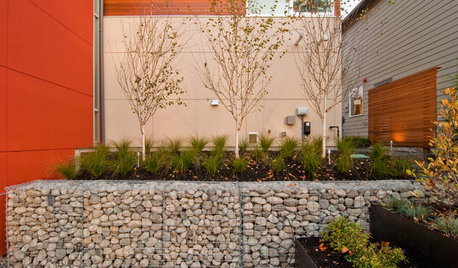
LANDSCAPE DESIGNGarden Walls: Gabion Evolves From Functional to Fabulous
The permeable rock-, concrete- or glass-filled steel cages are showing up as retaining walls, planters, benches and more
Full Story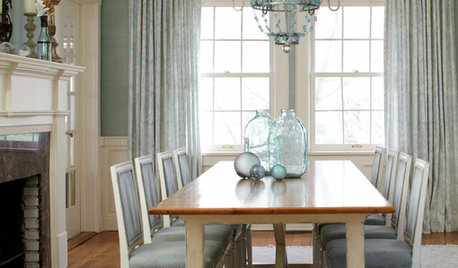
REMODELING GUIDESRoom of the Day: Antiques Help a Dining Room Grow Up
Artfully distressed pieces and elegant colors take a formerly child-focused space into sophisticated territory
Full Story
MOST POPULARMeet a Lawn Alternative That Works Wonders
Carex can replace turfgrass in any spot, is low maintenance and adjusts easily. Add its good looks and you’ve got a ground cover winner
Full Story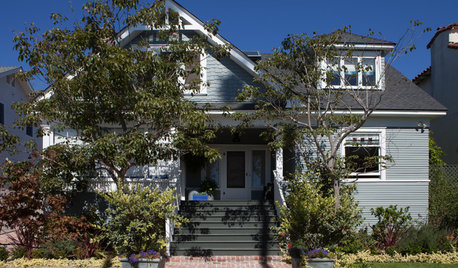
HOUZZ TOURSHouzz Tour: A 1905 Cottage Gets a Major Family Update
Historic Boston meets outdoors Oregon in this expanded California home
Full Story
SAVING WATERHouzz Call: Are You Letting Go of Your Lawn?
Many facing a drought are swapping turf for less thirsty plantings. If you’re one of them, we’d like to hear about it
Full Story
FARM YOUR YARDHow to Grow Vegetables in Containers
Get glorious vegetables and fruits on your patio with a pro’s guidance — including his personal recipe for potting mix
Full StoryMore Discussions










hoorayfororganicOriginal Author
crazylady
Related Professionals
Troutdale Architects & Building Designers · Beloit General Contractors · Country Club Hills General Contractors · Gallatin General Contractors · Genesee General Contractors · Nashua General Contractors · Oneida General Contractors · Saint Paul General Contractors · Summit General Contractors · Troutdale General Contractors · West Melbourne General Contractors · Horsham Landscape Architects & Landscape Designers · Parole Landscape Architects & Landscape Designers · Saint Charles Landscape Architects & Landscape Designers · Wixom Landscape Architects & Landscape DesignershoorayfororganicOriginal Author
crazylady
shrubs_n_bulbs
hoorayfororganicOriginal Author
lou_spicewood_tx
lou_spicewood_tx
flora_uk
hoorayfororganicOriginal Author
hoorayfororganicOriginal Author
shrubs_n_bulbs
hoorayfororganicOriginal Author
garden_nerd
hoorayfororganicOriginal Author
hopflower
garden_nerd
hoorayfororganicOriginal Author
garden_nerd
pnbrown
garden_nerd
pnbrown